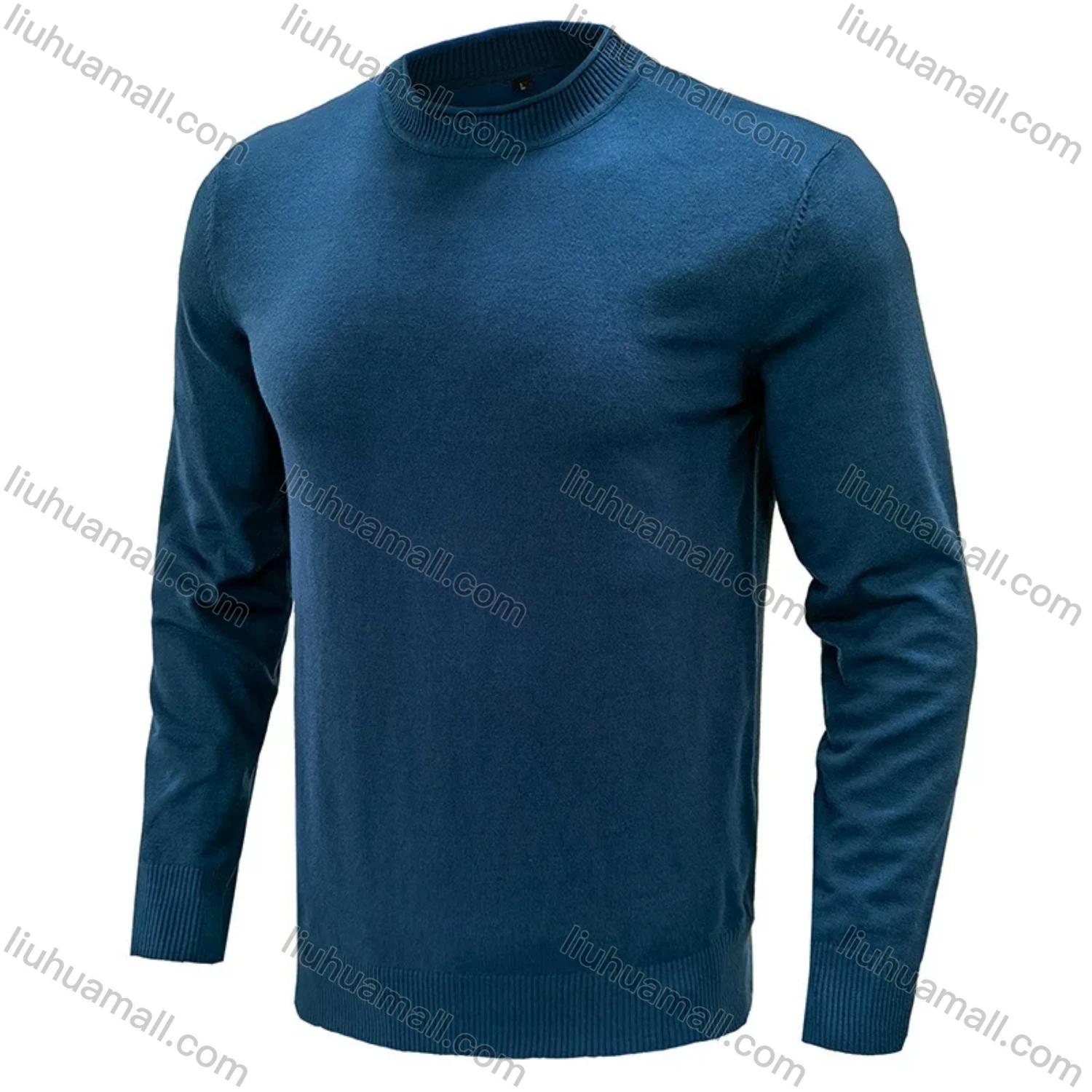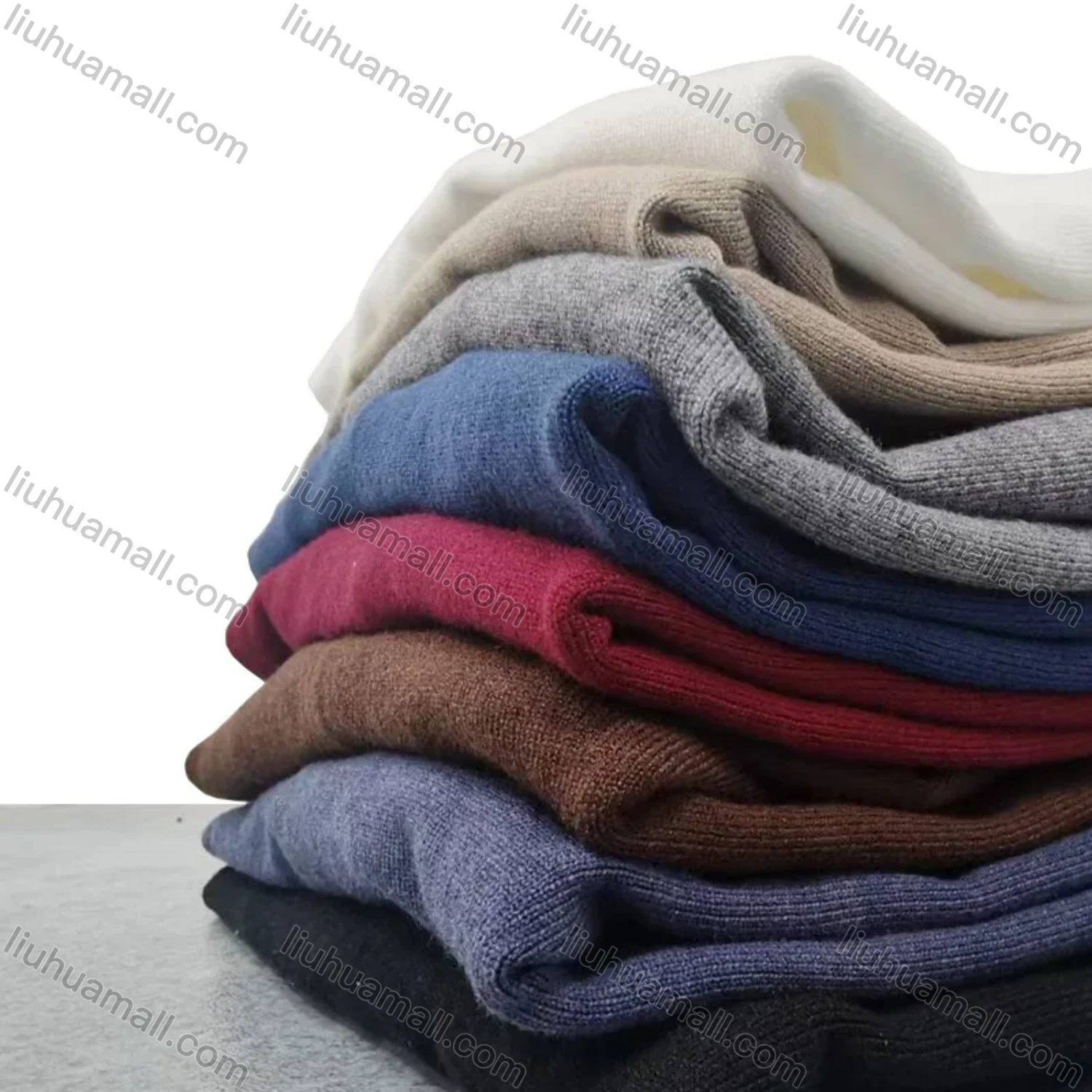Sweaters come in a variety of materials, each with its unique characteristics and suitable occasions. Below are some common sweater materials:
I. Natural Fiber Materials
-
Wool
- Source: Wool is the most common material for sweaters, derived from the wool of sheep.
- Characteristics: Soft, excellent warmth retention, good elasticity, but prone to pilling. Common types of wool include Australian wool and New Zealand wool.
-
Cashmere
- Source: Cashmere is fine downy hair from goats in Mongolia.
- Characteristics: Extremely soft, good elasticity, lightweight yet highly warm, making it a premium choice for sweater materials, albeit at a higher price. Cashmere sweaters require more careful maintenance, including the use of specialized tools and methods for cleaning.
-
Rabbit Fur
- Source: Rabbit fur comes from rabbits.
- Characteristics: Soft, warm, with good warmth retention, but more prone to pilling compared to wool.
-
Mohair
- Source: Mohair is the fine, silky hair from the mane and undercoat of the Angora goat.
- Characteristics: Soft to the touch, good warmth retention, resistant to pilling, but higher in cost.
-
Alpaca Wool
- Source: Alpaca wool comes from alpacas in South America.
- Characteristics: Soft, good elasticity, excellent warmth retention, and resistant to pilling.
-
Down Feather
- Source: Down feather sweaters use the downy feathers of birds.
- Characteristics: Extremely warm, bulky yet fluffy, and breathable.
II. Synthetic Fiber Materials
-
Polyester
- Characteristics: Often used in blended sweaters to enhance elasticity and washability. Wool blended with polyester is less prone to shrinking.
-
- Characteristics: Offers some breathability and moisture-wicking properties, but can have a synthetic feel and be prone to pilling. When purchasing, acrylic content should not exceed 60%.
-
Nylon
- Characteristics: Has water-resistant properties but may be less comfortable to wear.
III. Other Materials
-
Cotton
- Characteristics: Breathable, moisture-wicking, and durable. Organic cotton sweaters are free from hormones and other harmful substances, gentle on the skin, and ideal for summer or similar weather conditions.
-
Linen
- Characteristics: Highly breathable, good moisture absorption, soft and comfortable, with temperature regulation properties, suitable for summer or transitional seasons.
In summary, there are numerous types of sweater materials, each with its own advantages and disadvantages. When choosing, consider your needs and the wearing environment to pick the right material.

